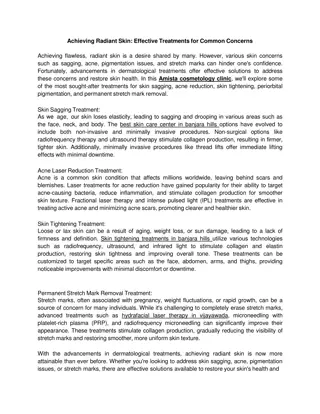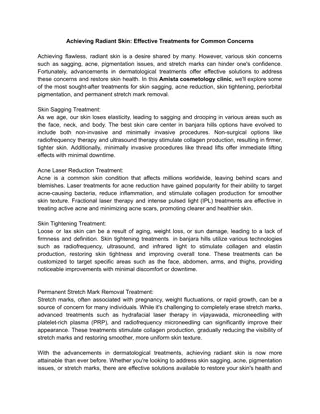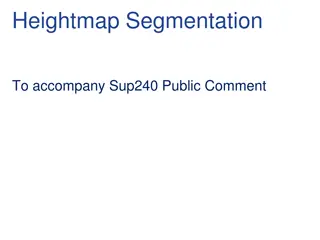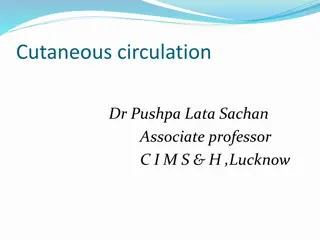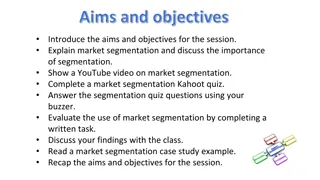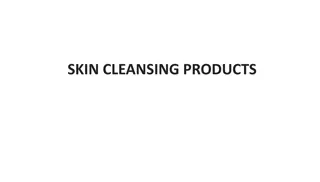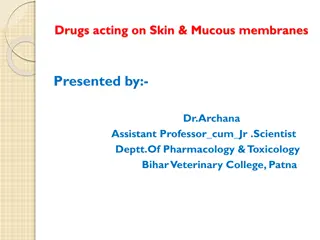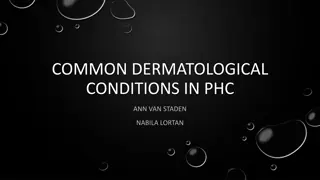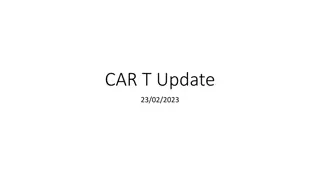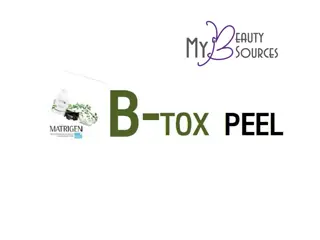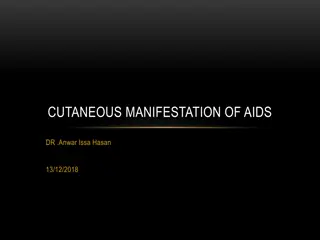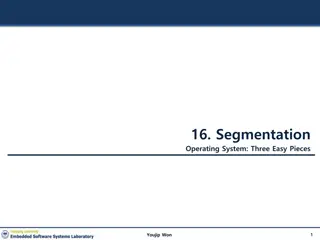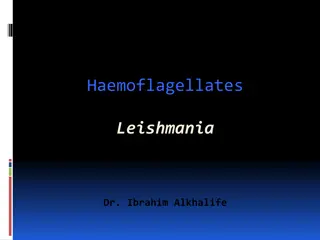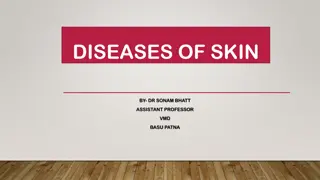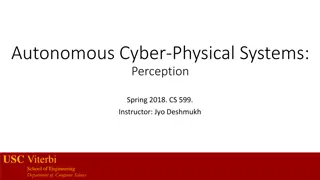Multi-class Skin Lesion Segmentation for Cutaneous T-cell Lymphomas
This research focuses on developing a multi-class skin lesion segmentation method specifically for Cutaneous T-cell Lymphomas using high-resolution clinical images. The study introduces a new dataset, a novel method called Multi-Knowledge Learning Network (MKLN), and achieves state-of-the-art results. The dataset comprises 57 clinical images annotated by experienced dermatologists, captured using a Nikon D800 camera. The proposed method addresses the challenges of segmenting irregular skin lesions present in CTCL, a highly aggressive skin disease with varying lesion types. The comparison with existing skin lesion segmentation tasks highlights the unique characteristics of this study. Overall, this work contributes to advancing the field of medical image analysis for dermatological applications.
Download Presentation

Please find below an Image/Link to download the presentation.
The content on the website is provided AS IS for your information and personal use only. It may not be sold, licensed, or shared on other websites without obtaining consent from the author.If you encounter any issues during the download, it is possible that the publisher has removed the file from their server.
You are allowed to download the files provided on this website for personal or commercial use, subject to the condition that they are used lawfully. All files are the property of their respective owners.
The content on the website is provided AS IS for your information and personal use only. It may not be sold, licensed, or shared on other websites without obtaining consent from the author.
E N D
Presentation Transcript
Multi-class Skin Lesion Segmentation for Cutaneous T-cell Lymphomas on High- Resolution Clinical Images Zihao Liu, Haihao Pan, Chen Gong, Zejia Fan, Yujie Wen, Tingting Jiang, Ruiqin Xiong, Hang Li, and Yang Wang
Background of Cutaneous T-cell lymphomas (CTCL) 1. A supremely aggressive skin disease, with an increasing incidence recent years 2. Three types of lesions on the skin: patches, plaques and tumors 3. mSWAT Score Evaluation is needed for the diagnosis 4. Irregular skin lesions Segmenting all the lesion parts correctly first by the computer is important
Comparison between the existing skin lesion segmentation task and our task Our Task Existing Task 2 Classes (Only lesion and normal skin) 4 Classes (Three visually similar classes) Disease: localized solitary skin lesion Disease: generalized skin lesion Modality: mostly dermoscopy, few clinical Modality: clinical Characteristics: (1) Only one skin lesion part (2) Lesion part appears in the center (3) Similar background (4) Low to medium resolution Characteristics: (1) Multiple skin lesion parts (2) Lesion parts are widely scattered (3) Large variety of background (4) High resolution
Contribution The first paper to focus on the segmentation task for CTCL and a new dataset with clinical images is collected A new method called Multi-Knowledge Learning Network (MKLN) is designed based on the characteristics of CTCL and achieves state-of-the art results
Dataset 57 clinical images captured by the Nikon D800 Camera Three experienced dermatologists participated in annotating 12 human body regions Resolution of the images is very high, with an average of 3255 * 2535. The largest resolution is 6000 * 2921
Evaluation Metrics 1. Accuracy(ACC) 2. Dice Similarity Coefficient(DSC) 3. Sensitivity(SE) 4. Specificity(SP)
Experiment Results R : resize strategy C : crop strategy L : Lesion Area Learning Module F : Feature Co-learning Module.
Experiment Results R : resize strategy C : crop strategy L : Lesion Area Learning Module F : Feature Co-learning Module.
Conclusion Contribution A new dataset for CTCL A novel method based on the characteristics of CTCL Future Work Compare with more methods
Thank You ! ORAL SESSION MON-AM-5 7:30 PM - 8:00 PM CST on Monday, 5 October POSTER SESSION 3 5:00 PM - 6:30 PM CST on Monday, 5 October





